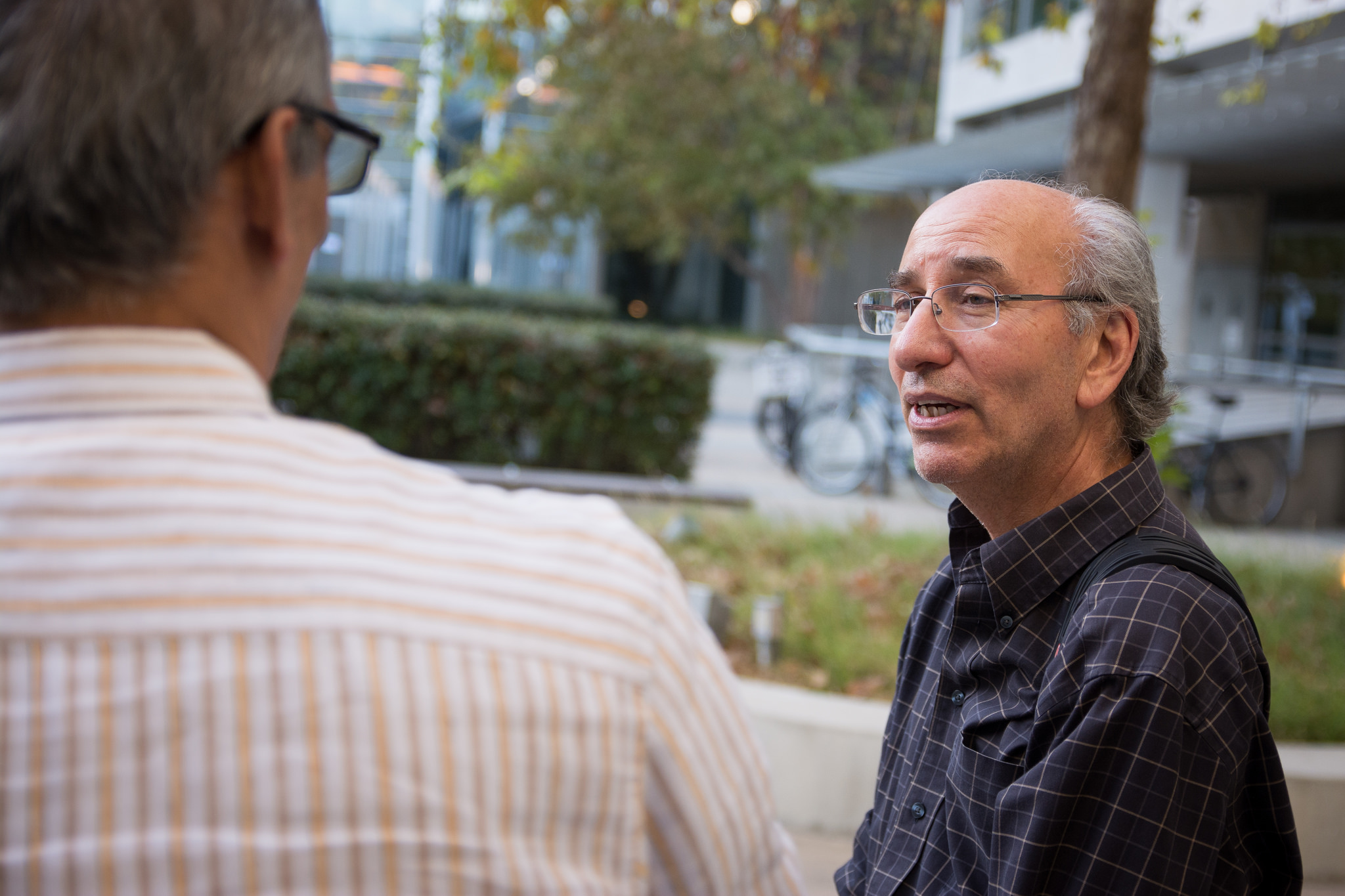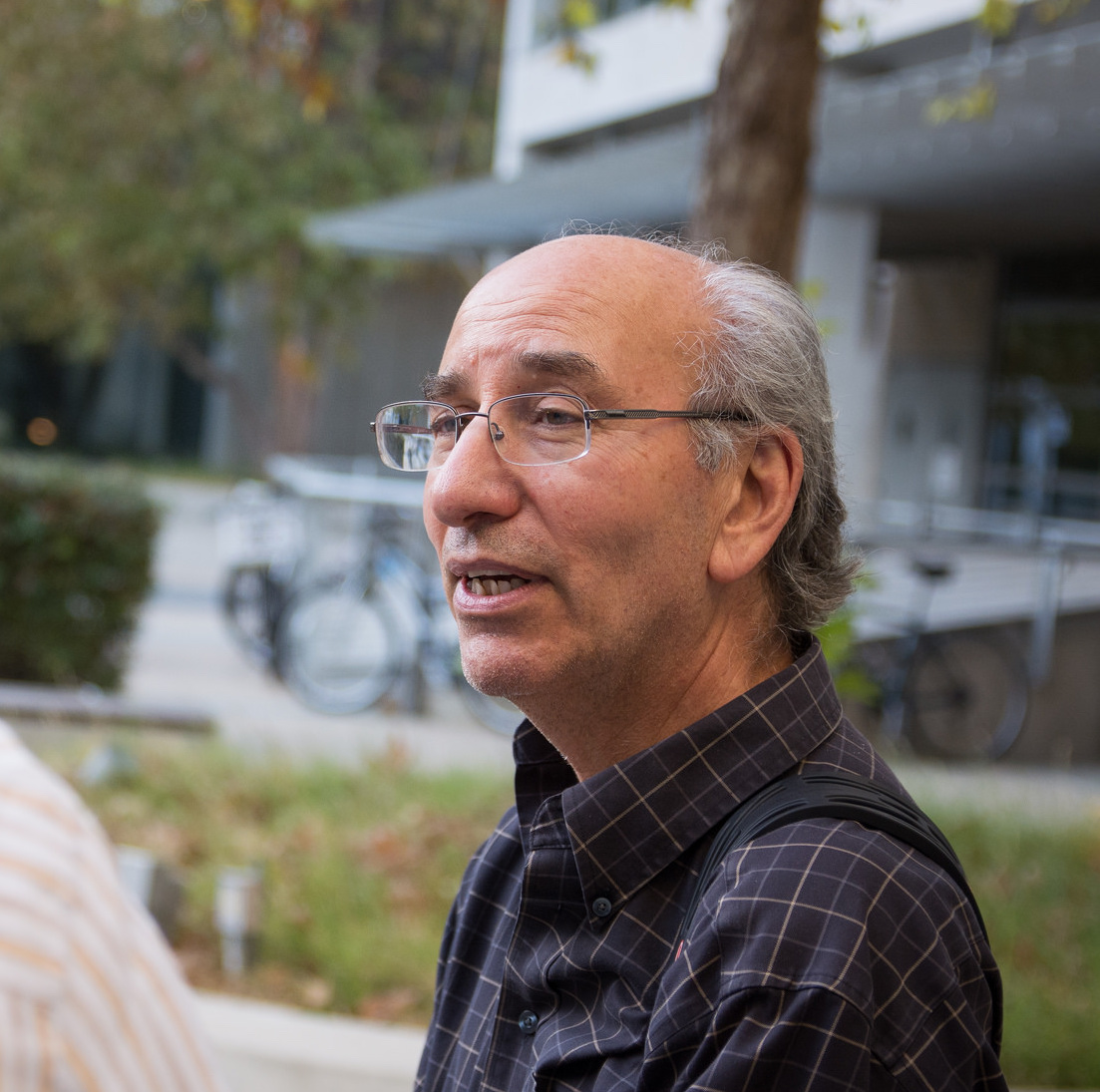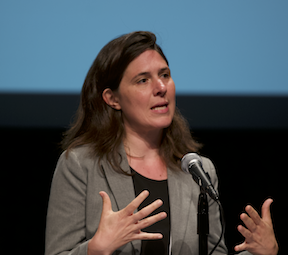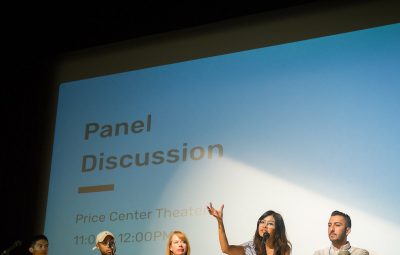The Design Lab recently teamed up with Autodesk, a California-based corporation that makes software for the architecture, engineering, construction, manufacturing, media, and entertainment industries. The first step in the partnership includes work by Dr. David Kirsch and his team on an experimental design tool for Autodesk called Dreamcatcher. Many leaders in the design world consider Project Dreamcatcher to be the next generation of computer-aided design or CAD. Dreamcatcher works on the principles of generative design, which enables designers to craft a definition of their design problem through goals and constraints.
What is generative design? According to Autodesk, generative design mimics nature’s evolutionary approach to design. Designers or engineers input design goals into generative design software, along with parameters such as materials, manufacturing methods and cost constraints. Then, using cloud computing, the software explores all the possible permutations of a solution, quickly generating design alternatives. It tests and learns from each iteration what works and what doesn’t. With generative design, there is no single solution; instead, there are potentially thousands of great solutions. You choose the design that best fits your needs.
Kirsh’s team is exploring the way designers think as they begin to solve design problems with Dreamcatcher. This is part of a larger Design Lab project on how tools reshape the way we think. A first experiment will be undertaken in London at the Bartlett School of Architecture, University London, comparing the performance of 15 Masters of Architecture students on a design task. In one condition they will use Dreamcatcher and in another condition they will use Fusion, another new Autodesk design tool that is closer to a 3D modeling tool. Participants will be recorded, eye tracked and interviewed. Their outputs will be judged by a panel of distinguished architects. Following this pilot experiment, Kirsh and his team expect to increase the number of participants on similar problems and later explore and compare Fusion and Dreamcatcher as tools that support collaborative design.
Some major questions his team will research are:
- Are there different sorts of exploring and thinking taking place with the different tools, or at different phases?
- How does each tool affect the intention of people working with the tools? Intentionality in design is closely related to the understanding a designer has of the design problem he or she faces. As one works with a tool this understanding deepens. Accordingly, after working on a problem a designer should understand that problem in a deeper way, knowing more about the constraints, dangers, challenges of the problem, than just thinking about the problem without a tool at all.
- What are the differences in participant understanding that are the result of the two tools – both during the design phase – in terms of what they learn and understand – and also after, once they have consolidated their knowledge?







